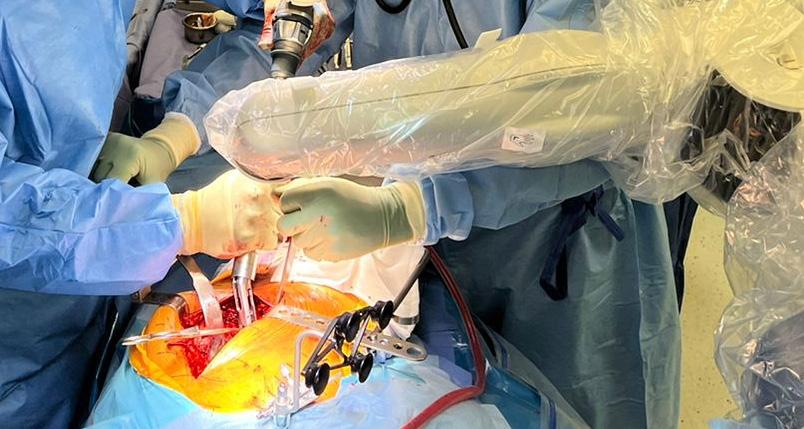CLINICAL | CARDIAC
Objective risk assessments
in PAH optimise treatment As physicians we pride ourselves in using the latest available evidence to objectively assess and treat our patients, to obtain the best possible outcomes.
Y
ET, IN DOING SO, there is risk of neglecting the patient on the other side of the parameters. Receiving a diagnosis of pulmonary artery hypertension (PAH) can be devastating to patients and families, a frustration that is often compounded by the ubiquitous delays in diagnosis, all the while symptoms progress. Misinformation abounds on the internet and social media platforms, and patients can initially be both fearful and overwhelmed, while at the same time feeling isolated. It is important for us as clinicians to be aware of our individual patient’s perspective, recognising up to half may be experiencing depression. But the personal impact of PAH extends beyond depression, with 60% reporting a major impact on overall quality of life, and 90% reporting at least some concerns about life-expectancy, while 73% report reductions in household incomes. This impact is not limited to the
patients, with 29% of carers also reporting negative effects on their employment. As doctors, we need to take steps to identify each patient’s 'extra-medical' needs and take steps to address these. Dr Howard emphasises in the second article, two key steps namely, empowering our patients through providing correct information and shared decision making, and directing our patients towards reputable patient associations and support groups. Each patient has unique expectations of their care, but improvement in overall quality of life and increased life expectancy are valued as 'most important' for the majority. Fortunately, the hopelessness of previous generations can now be dispelled. With appropriate assessment and management, improved outcomes are possible for most patients. Better understanding of the pathophysiology of PAH and availability of therapy combinations have driven these advances.
4985M PAH Non Prescriber Banner Ad MC 215x76mm FA.indd 1
26 May 2022 | MEDICAL CHRONICLE
Prof Hoeper, of the Hannover Medical School, Germany, emphasises the importance of regular, objective risk assessments in PAH, highlighting the importance of aiming for low-risk criteria in patients. Large prospective registry data has confirmed that this can now be effectively assessed non-invasively. Two metaanalyses have shown that dual therapy reduces the risk of clinical worsening over mono-therapy by approximately 30%, both overall and in connective tissue disease (CTD) associated PAH. These data are encouraging, and Prof Hoeper explores the use of dual therapy further in his article. PAH is not an easy burden for patients to carry, and we as clinicians, therefore, need to frequently reassess our patients with PAH to optimise treatment and maximise outcomes, while using these important patient interactions to encourage, educate, understand and assist as best we can with their 'extra-medical' needs.
Prof Brian Allwood Associate Professor Division of Pulmonology Stellenbosch University Stellenbosch
*Supplied content
HOW TO ASSESS RISK AND OPTIMISE TREATMENT IN PATIENTS WITH PAH Marius Hoeper, Hannover Medical School, Hannover, Germany This article is from the abstract: The lung, at the heart of pulmonary arterial hypertension, presented at: Janssen-sponsored Industry Evening Symposium, 30th European Respiratory Society International Congress, 9 September 2020. The importance of comprehensive, multiparameter risk assessment in the management of PAH has continued to increase over the last decade. The prognostic information gained from regular risk assessment provides information about the patient’s disease course and guides individualised treatment decisions, with the overall goal of keeping the risk of mortality low. There have been numerous methods proposed for assessing risk, including
2022/03/03 11:20























